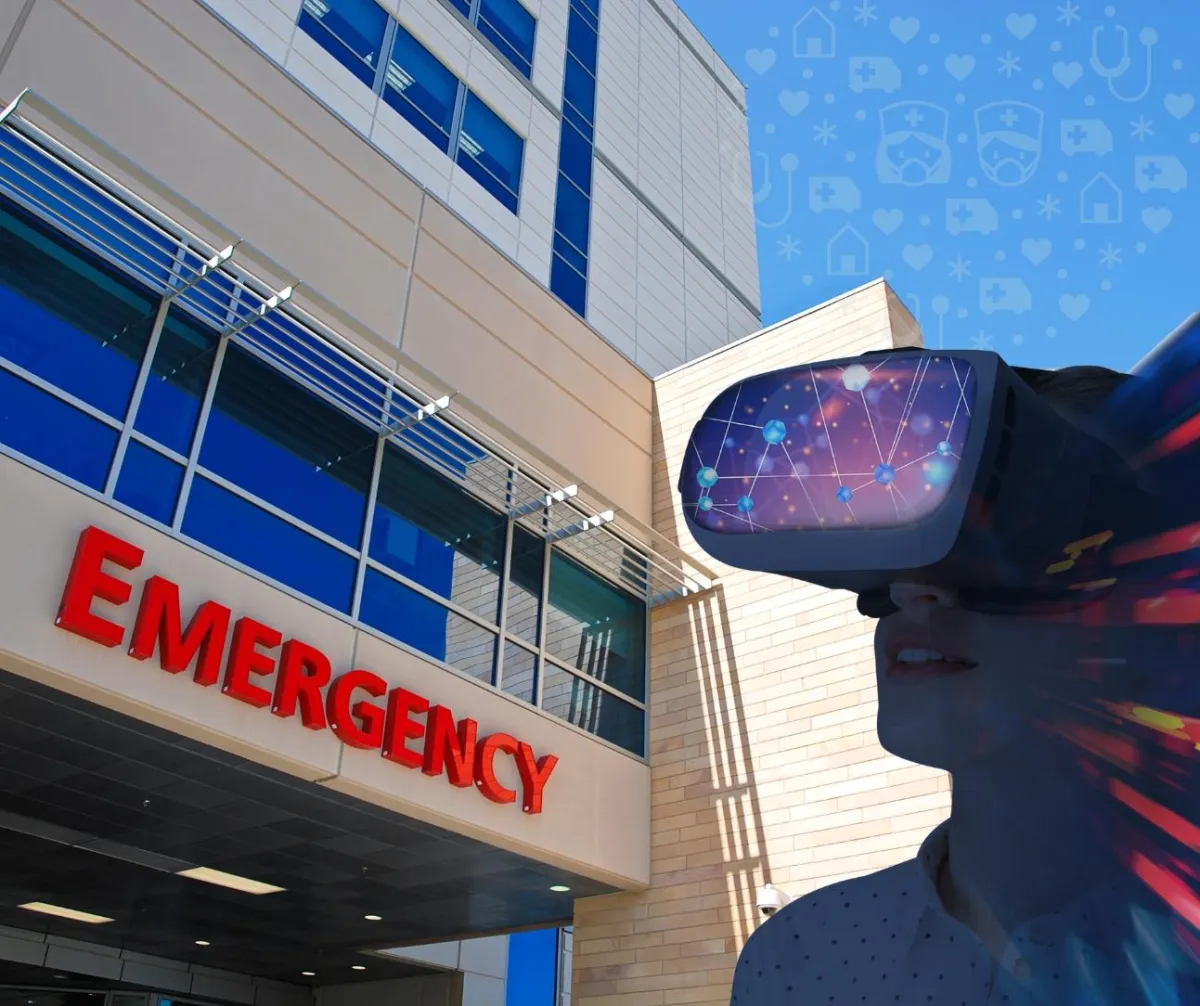OUR BLOG!

Immersive Training: The Role of Virtual Reality in Emergency Nursing
Virtual Reality (VR) training programs are becoming more prevalent for emergency care nurses, offering immersive simulations of high-stress scenarios. This technology enhances skill acquisition and preparedness without risking patient safety. The integration of VR into emergency medical training is proving to be a game-changer, providing numerous advantages that bolster the capabilities of healthcare professionals.
One of the significant benefits of VR training is its ability to boost clinical skills and confidence in handling complex emergencies1. By placing nurses in realistic, high-pressure situations, VR allows them to practice and refine their techniques repeatedly. This continuous practice ensures that when faced with actual emergencies, nurses are well-prepared and confident in their abilities.
VR modules designed to simulate mass casualty events are particularly valuable2. These scenarios allow nurses to practice triage and emergency procedures in a controlled, virtual environment. The ability to rehearse these critical skills in a risk-free setting leads to better performance during real-life incidents, ultimately saving more lives and reducing errors.
Moreover, VR training provides a safe space for learning from mistakes3. In traditional training environments, errors can have serious consequences. However, in a virtual setting, nurses can make and learn from their mistakes without putting patients at risk. This aspect of VR training fosters a culture of continuous improvement and learning, which is essential for maintaining high standards in emergency care.
Another key advantage of VR training is its adaptability4. Training programs can be tailored to address specific needs, such as pediatric emergencies, cardiac arrests, or trauma care. This customization ensures that nurses receive targeted training that is relevant to their particular roles and responsibilities, thereby enhancing the overall quality of care provided.
Furthermore, VR training promotes interdisciplinary teamwork5. Emergency care often requires coordinated efforts from various healthcare professionals. VR simulations can be designed to include doctors, paramedics, and other team members, fostering collaboration and improving communication skills. This team-based approach not only prepares individuals but also strengthens the entire emergency response system.
In conclusion, the use of Virtual Reality in emergency nursing training offers a sophisticated and effective means of preparing healthcare professionals for real-world challenges. By boosting clinical skills, providing safe learning environments, and promoting interdisciplinary teamwork, VR training enhances the readiness and performance of emergency care teams. As this technology continues to evolve, its impact on emergency medical training will undoubtedly grow, reinforcing its value as an indispensable tool in modern healthcare.
Footnotes
Journal of Emergency Nursing. (2022). "Impact of VR Training on Clinical Skills and Confidence." ↩
Disaster Medicine and Public Health Preparedness. (2021). "Utilizing VR for Mass Casualty Event Training." ↩
Nursing Education Perspectives. (2020). "Learning from Mistakes: The Role of VR in Nursing Education." ↩
Pediatric Emergency Care. (2023). "Tailored VR Training Programs for Specific Emergency Scenarios." ↩
Journal of Interprofessional Care. (2021). "Enhancing Teamwork in Emergency Settings through VR Simulations." ↩



